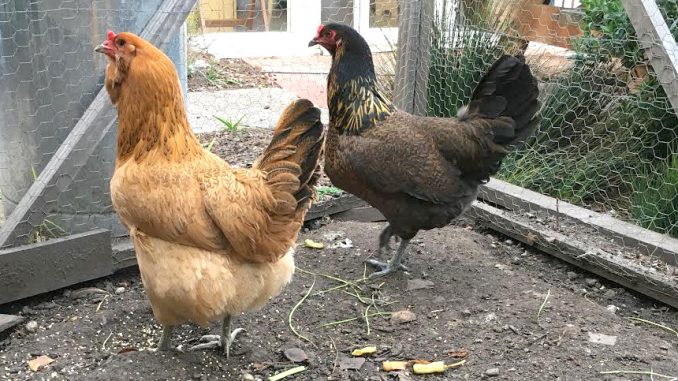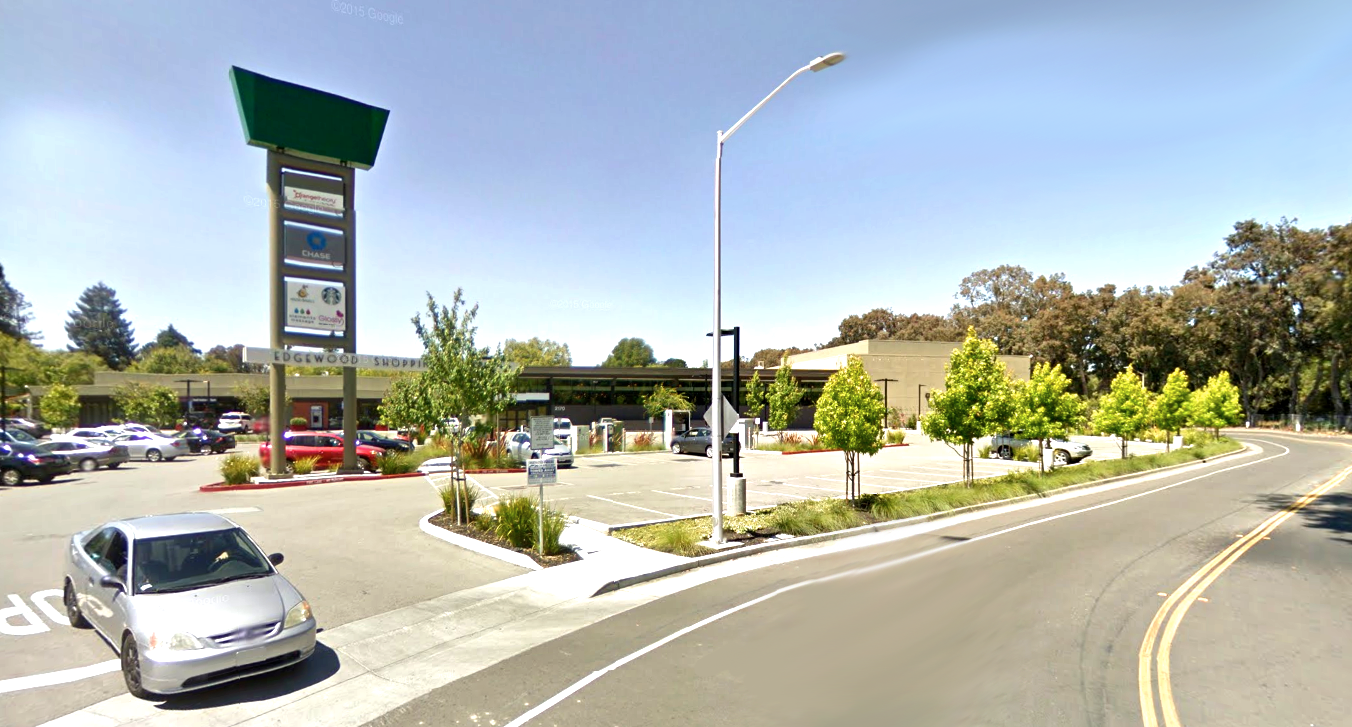
BY ALLISON LEVITSKY
Daily Post Staff Writer
A little-known fact about suburban chicken-keeping in Palo Alto? Roosters aren’t allowed.
A Washington Post story on March 2 reported that egg-laying chickens had become a status symbol in Silicon Valley, where in some cases tech workers build expensive, high-tech coops and chart their productivity.
But locals know that chicken-keeping is nothing new in Palo Alto. Dozens of residents have kept hens for years.
There are 55 Palo Alto residents who hold licenses to own chickens in the city. Almost 40 others have held permits in the past that are now inactive, according to Cody Macartney, interim superintendent of the Police Department’s Animal Services Division.
Macartney said the number of active permit-holders fluctuates between about 45 and 60.
The permits cost $60 a year and require an annual coop inspection from an animal services officer, who also distributes calendars with avian health tips.
Neighbors get a say
Residents are allowed to have up to six hens as long as any neighbors living within 25 feet of the coop agree.
Those who want more than six chickens have to have consent from all of their neighbors, regardless of how close their neighbors live to the coop. That consent can be revoked if a new neighbor moves in, for example.
“Of course, I’m sure there are a lot of residents with hens and coops we are not aware of,” Macartney told the Post. “Usually we get wind of un-permitted coops when a neighbor complains, so it’s important to urge residents to comply and obtain a permit, or they could face a citation.”
Macartney said the permits saw a drop in popularity between 2008 and 2012, which he attributed to the economic recession.
Around that time, the city also raised the permit fee from $15 to $30 and finally to $60, which led many residents to get rid of their hens or stop getting their permits renewed.
Family loves their chickens
Christopher Gardner and Melissa Michelson, married professors who live on Redwood Circle in Palo Alto’s Fairmeadow neighborhood, have two chickens named Gloria and Hawkeye.
Gloria, an Araucana, lays blue-shelled eggs. Hawkeye is a Rhode Island Red.
“We love our chickens,” Michelson, who teaches political science at Menlo College in Atherton, told the Post. “They make tasty eggs.”
Michelson and Gardner, a Stanford nutrition scientist, have had as many as 15 chickens over the last seven or eight years, Michelson said.
They’ve eaten three of them, which Michelson said was “not exactly a taste sensation.”
“Turns out old chickens don’t taste very good,” Michelson said.
The chickens each lay an egg about every other day, with fewer eggs as the chickens get older and during the winter months.
Roosters aren’t allowed in town because they crow. At one point, a chick Michelson and Gardner were raising turned out to have been mis-sexed as female.
Rooster given away
At 6 months old, Michelson and Gardner realized the chick was male when he started crowing and “molesting the girl chickens,” Michelson said, so they gave him away.
But outlawed roosters doesn’t mean silence around the chicken coops. Gloria and Hawkeye cry out when they lay their eggs around 10 a.m., Michelson said.
An added benefit of keeping chickens is a compost alternative — they happily eat food scraps. Other than having to fence off parts of the garden so that chickens don’t eat it, chicken-keeping is “pretty painless.”
“We kind of got those bugs out of the way when we first got them,” Michelson said. “We’ve learned some lessons along the way.”




This is incredibly unfair to roosters, to be punished for something that is part of their DNA, something they can’t change. It’s blatant sexism!!!
“molesting the girl chickens” How EVIL of him! Rapist!
You’d think the hens would enjoy the company of a rooster once in a while.
Systemic toxic rooster masculinity. Worse than male lobsters.
It was rather presumptuous to call that chicken a male. How did they know that chicken’s gender identity? The use of gender-normative pronouns is problematic.